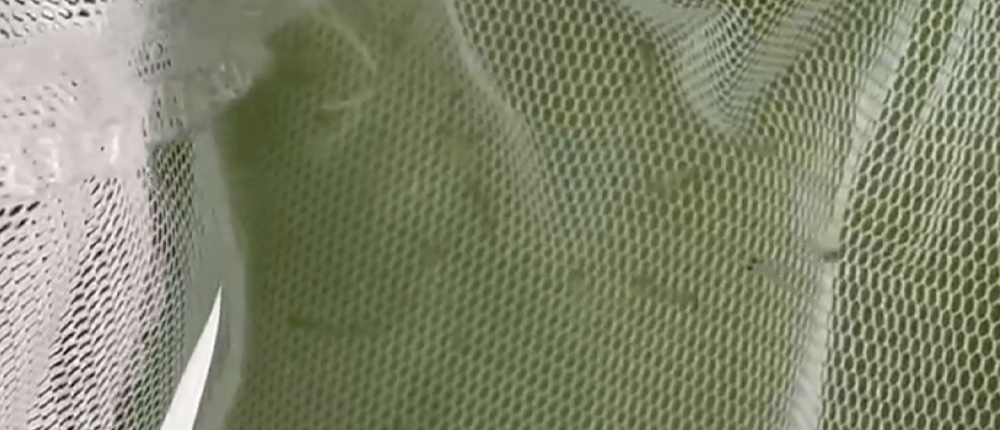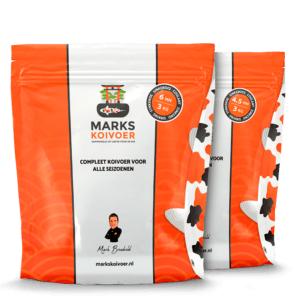Breeding your own koi, is that possible? That’s what many koi lovers wonder. How much fun is it to raise eggs from your most beautiful fish and watch beautiful koi grow out of them? Buying koi is already quite a challenge for most: there is so much choice! But raising your own koi is of course even more challenging. In this blog, we will look at the possibilities and give advice for those who dare to embark on this adventure.
Collecting spawn

Breeding koi in an aquarium
Breeding Koi in tanks
Raising young koi with Marks Koi food
For the first 24 hours of their lives, your tosai will not need any food. Their food requirements will increase rapidly after that! Adjust the size of the food you feed to the size of the smaller koi’s mouths. For the first few days, you can feed the yolk of a hard-boiled egg. Soon after, the bigger fish can also eat artemia.
From 3 weeks onwards, you can grind Marks Koi food in a food processor. This contains enough protein for the young koi to grow well and develop the most beautiful colors!
Selecting young koi
Koi in nature and in captivity produce an enormous number of young. In nature, only a small percentage of all newborn koi make it to the first year of life. Thus, only the strongest fish survive. Koi breeders also select and raise only the finest koi. They select the koi every 20 days that show insufficient growth, color or abnormalities. Those fish that do not pass the selection are unfortunately killed. During selection, koi breeders pay attention to a symmetrical physique, a specific color and a good pattern. They also check whether the spine is straight and the fins develop nicely.
As a hobbyist, you will soon run out of space to grow up all the koi, unless you can hand out young koi to koi owners friends. Under no circumstances should young koi be released into the wild. This is prohibited by law and it causes an undesirable shift in fauna. Some owners choose to simply let the eggs hatch in the pond. Even then, natural selection takes place, as the perennial koi eat the little ones. They realize that only a few fish make it through the first year. Of course, no selection then takes place on color or pattern, only on characteristics that make the young koi survive. Growing up in the pond is an option, but in subsequent years watch out for herons and cormorants, which love one- and two-year-old koi up to 45 cm. After that, koi will basically not be caught by waterfowl.
In conclusion, it is great fun to breed your own koi, but it is intensive work and the selection process is an ethical issue that not every koi owner will dream of.




